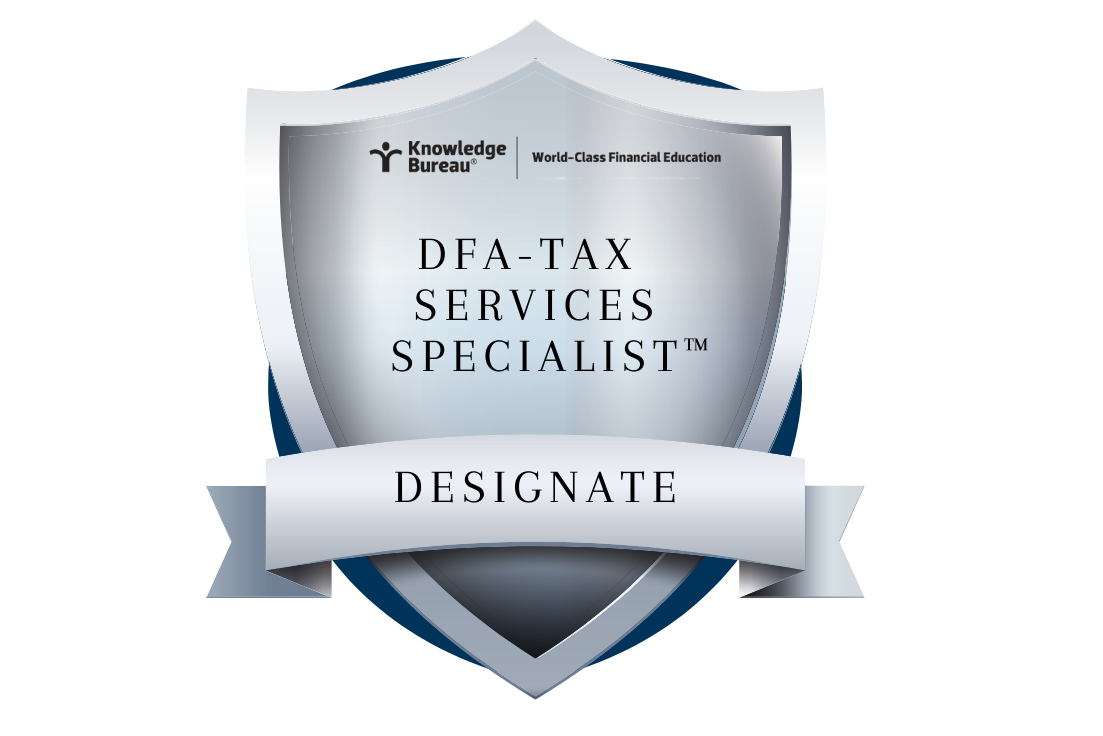Tax Tip: Writing Off Your Investment Interest Costs

Evelyn Jacks
The difference between good and bad debt often lies in its tax deductibility. Those who leverage their assets as part of their strategic plan to build wealth will often do so more successfully by earning more income and increasing their net worth. However, should you borrow to invest? Claiming tax-deductible interest is often the only consolation for the eroding effect that the costs of debt can have on personal wealth. Here’s what you need to know this tax season:
Charges, such as interest expenses may be deducted when there is a potential for earning income from property. In the case of investments, that means income from property: interest, dividends, rents and royalties. Capital gains are specifically excluded from this list. Interest is not deductible unless you acquire an asset with the potential to earn income from property.
Borrowing to Invest in Registered Accounts. When you incur expenses to invest your money, a tax deduction is only allowed if the potential to earn income is in a non-registered environment. That means interest on loans used for the purposes of investing in an RRSP, TFSA, RESP or RDSP is not deductible. Nor is interest paid on a tax-exempt property, like your principal residence, unless there is an expectation of rental income will be earned.
Tax Form Fact. Eligible carrying charges are all claimed on the “worksheet for the return.”
The total carrying charges are then deducted on Line 22100 and serve to offset all other income of the year, so they can be an important way to reduce overall tax burdens and increase  eligibility for social benefits and credits. But for this reason, these expenses are often audited.
eligibility for social benefits and credits. But for this reason, these expenses are often audited.
Audit Check Point. You must be prepared to trace all interest you have claimed as a carrying charge back to a non-registered investment that has the potential to earn income.
Tax Filer’s Checklist. Consider the following list of deductible amounts carefully to be sure you haven’t missed any. If you have, consider filing Form T1-ADJ T1 Adjustment Request to recover these errors or omissions up to 10 years back.
Checklist of Deductible Carrying Charges
- Accounting fees relating to the preparation of tax schedules for investment income reporting.
- Investment counsel fees. These do not include commission paid on buying or selling investments. These commissions form part of the adjusted cost base of the investment or reduce proceeds of disposition from the investment and are claimed on Schedule 3 when the asset is disposed of.
- Taxable benefits reported on the T4 Slip for employer-provided loans that were used for investment purposes. (Again, often missed: ask your tax specialist about this if you have been fortunate enough to receive this perk of employment)
- Life insurance policy interest costs if an investment loan was taken against cash values. Complete form T2210 Verification of Policy Loan Interest by Insurer to justify the claim.
- Management or safe custody fees (but not a bank safety deposit box, which is no longer tax deductible after 2013).
- Interest paid on investment loans if there is a reasonable expectation of income from the investment, even if the value of the investment has diminished.
Additional Educational Resources: It’s a great time to take a professional tax specialist program if you are looking for a great career that helps millions of taxpayers who will be so grateful for your highly knowledgeable services and support. Register online now for the DFA-Tax Services Specialist™ program.
Excerpted from Essential Tax Facts by Evelyn Jacks.